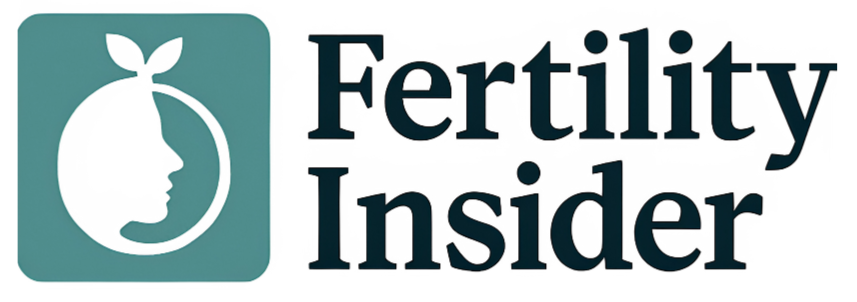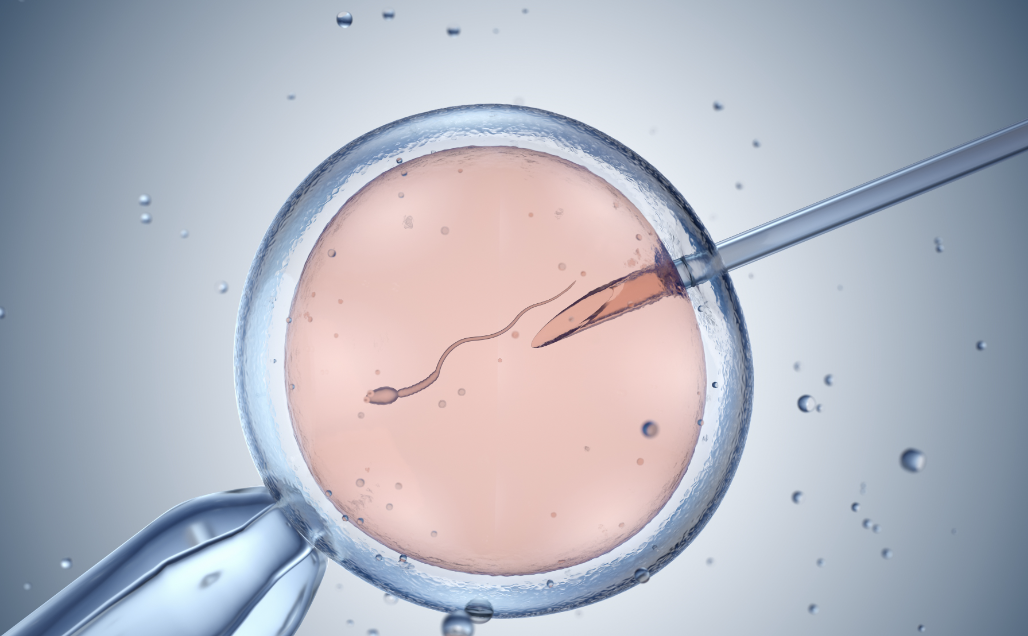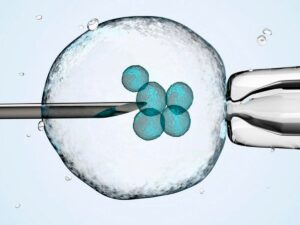When starting the journey to parenthood, understanding the variety of fertility treatments available is essential for making informed decisions. While IVF (In Vitro Fertilisation) is the most recognized fertility treatment, it’s just one of several effective options tailored to individual needs. This overview explores the main fertility treatments, their benefits, and how to prepare for them, helping prospective parents navigate their options with confidence.
IVF is often the first treatment that comes to mind, but alternatives may be more suitable depending on personal circumstances. Minimal Stimulation IVF, for example, uses lower doses of fertility drugs, reducing the risk of ovarian hyperstimulation syndrome (OHSS) and resulting in fewer side effects. This approach offers a gentler, more natural path to egg retrieval, making it attractive for those seeking a less intensive experience.
Intracytoplasmic Sperm Injection (ICSI) is a specialized procedure for male infertility. By injecting a single sperm directly into an egg, ICSI addresses issues related to sperm quality or quantity, providing a targeted solution when traditional fertilization methods may not succeed.
Intrauterine Insemination (IUI) is another common option, especially for mild male infertility or unexplained infertility. IUI is less invasive and more affordable than IVF, as it involves placing prepared sperm directly into the uterus. This method requires fewer physical demands and can be a good first step before considering more complex treatments.
Ovulation induction is suitable for women with irregular or absent menstrual cycles. Using medication to stimulate ovulation, this treatment is often combined with IUI to improve the chances of conception.
Frozen Embryo Transfer (FET) allows couples to use previously frozen embryos in later cycles, offering flexibility and reducing the need for repeated ovarian stimulation. FET has been associated with higher birth weights and improved implantation rates, making it a valuable option for many.
Egg and sperm freezing and storage provide individuals with the opportunity to preserve their fertility for future use. This is particularly beneficial for those undergoing medical treatments that may impact fertility or for those who wish to delay parenthood for personal or professional reasons.
Egg and sperm donation is another avenue for individuals or couples unable to conceive with their own gametes, often due to genetic disorders or poor egg or sperm quality. Donor eggs or sperm can offer a path to parenthood when other treatments are not viable.
HyCoSy (Hysterosalpingo-Contrast Sonography) is a diagnostic test that assesses the health of the fallopian tubes, helping to identify any barriers to conception early in the process. This can be a crucial step in determining the most effective treatment plan.
Success rates for fertility treatments vary. Research shows that the success rate for the first treatment cycle is around 29.7%, increasing to over 45% after several attempts. Persistence and repeated cycles often improve the likelihood of achieving a successful pregnancy, though outcomes depend on factors like age, health, and specific fertility challenges.
For those considering fertility treatments, it’s important to consult with specialists to determine the most appropriate approach. Staying informed about the latest options and understanding the benefits and limitations of each can empower individuals and couples to make the best choices for their unique situations. As fertility science advances, more people are finding personalized solutions that help them achieve their dreams of parenthood.











